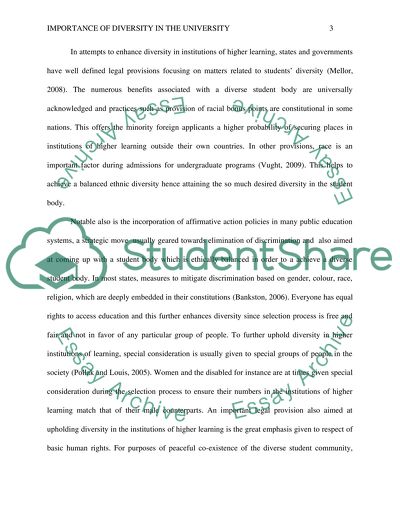Cite this document
(“The Importance of Diversity in the University Research Paper”, n.d.)
The Importance of Diversity in the University Research Paper. Retrieved from https://studentshare.org/education/1483194-the-importance-of-diversity-in-the-university
The Importance of Diversity in the University Research Paper. Retrieved from https://studentshare.org/education/1483194-the-importance-of-diversity-in-the-university
(The Importance of Diversity in the University Research Paper)
The Importance of Diversity in the University Research Paper. https://studentshare.org/education/1483194-the-importance-of-diversity-in-the-university.
The Importance of Diversity in the University Research Paper. https://studentshare.org/education/1483194-the-importance-of-diversity-in-the-university.
“The Importance of Diversity in the University Research Paper”, n.d. https://studentshare.org/education/1483194-the-importance-of-diversity-in-the-university.


